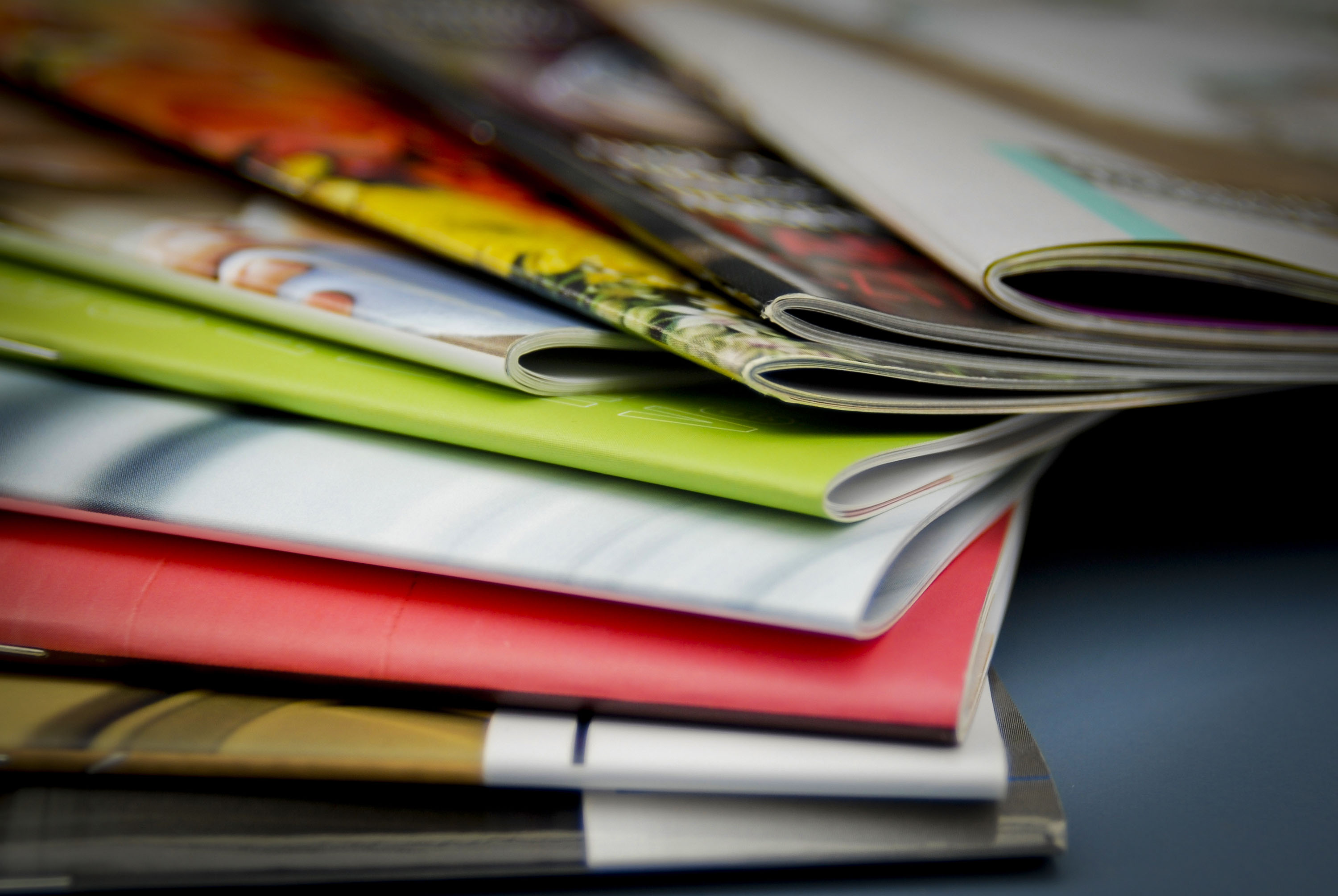What to Know About Digital Printing Formats

Each year, the digital printing industry generates approximately $13 billion in revenue, according to IBIS World. With extensive printing options to choose from, it can be challenging to know which digital printing format is right for your printing needs. Before choosing a format, familiarizing yourself with popular printing formats can help you confidently make an informed decision. Whether you're interested in printing wholesale mesh banners or a uniquely sized custom sign, you will want to do so with a printing format that is most suitable for your final product. The most common digital printing formats include both offset and digital printing.
What Is Offset Printing?
Offset printing is a common printing practice that incorporates the use of the CMYK (cyan, magenta, yellow, and black) printing system. This system is more than 100 years old and utilizes metal plates, rollers, and oil-based ink for accurate, high-quality results. Offset printing is an efficient way to produce high volume, small format jobs such as brochures, stationary, newspapers, or business cards.
What Is Digital Printing?
Digital printing is the process of using digital color reproduction technologies and laser printing for high-quality results. Digital printing became increasingly popular towards the turn of the 20th century, paving the way for newer, more seamless technologies to take the place of traditional offset CMYK printing. The use of digital printing provides many benefits: minimal set-up, proofing may be immediate (with the ability to make corrections quickly and efficiently), and shorter turnaround times for your finished product.
One type of digital printing, that has revolutionized the sign and display business, is Large Format Printing. These full color UV printers allow direct-to-substrate printing on a variety of rigid and roll materials. This saves time and material from old traditional mounting methods.
Choosing the best digital printing format for your next print job will depend on the type of project, the quantity required, and the material or media needed for the job. If you are searching for accuracy and high-volume output with traditional coloring, offset printing may be the way to go. However, if you are printing large P.O.P. displays, yards signs, or banners, large format will be the way to go.
Types of Image Formats for Printing
Another way to choose the best digital printing format for any job is to learn which image formats are best for printing. Not all image files are created equal. Some of the most popular image formats that are used for printing include:
PDF: PDF or Portable Document Format is a versatile file format and the file type most used today. A flattened PDF file is commonly the recommended accepted file because, once it is flattened and saved, it cannot be modified, and you won’t lose any design elements when transferred to the printing software for output.
AI: The use of AI, or Adobe Illustrator files, can provide high-quality print results without a loss of quality and without unnecessary compression. AI files are ideal for vector image print jobs that have been designed with the use of Adobe Illustrator, Photoshop, or other Adobe Creative Suite products. When using this file type, always ensure that you have your fonts outlined and it is packaged with the links.
JPEG/JPG: If you've ever browsed the web or saved an image to your computer, you have seen a JPEG/JPG file. JPEG/JPG files are some of the most common types of image and graphic files online. For printing purposes, you should always ensure that you use a high resolution JPEG/JPG file so you get a quality print without pixelation.
PNG: PNG, or a Portable Network Graphics file, is also a common file type on the web. PNG files are high resolution files and are useful for RGB and RGBA printing, but are not recommended for those using traditional CMYK printing methods.
TIFF/TIF: TIFF/TIF raster image format files that do not compress images, allowing the original quality and size to remain the same. These files are extremely large but produce the highest-quality images with the highest resolutions. TIFF/TIF files are ideal for professional photographers because it produces very rich and detailed images and great for editing purposes.
Ultimately, choosing the best image file type for printing will depend on your specific printing needs and the overall output your job requires. The best image file type for most digital printers, especially for large-scale graphics, are PDF files. They hold a large amount of information, can be easily edited, maintain quality, and aren’t typically massive files, making it easy to transfer.
Becoming familiar with digital printing methods and image file formats helps streamline print jobs from start to finish. When you understand the best image file types for printing today, you can accept any print job, whether you are printing 10 corporate marketing posters or 1000 wholesale mesh banners. If you're in need of large format digital printing services, and you are a reseller in the printing trade, contact Supreme Color Graphics today!

